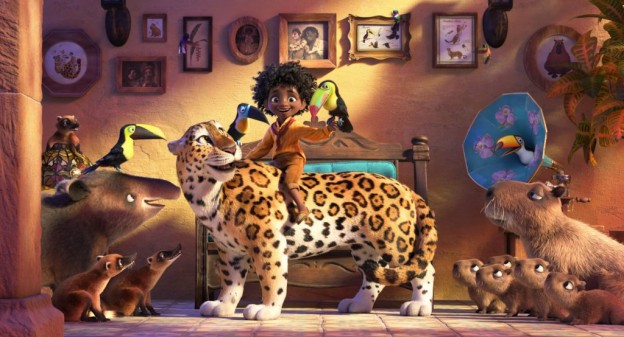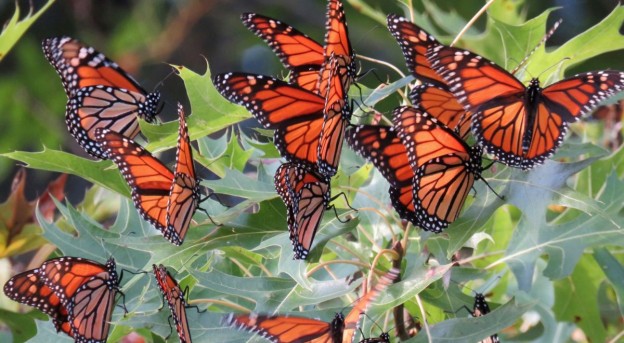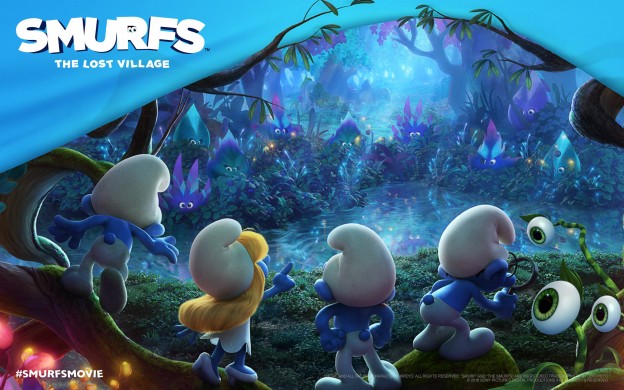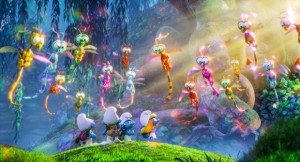Thinking beyond European rationalism – might not sound like a fun theme for a Christmas post but maybe it is, if we look a bit closer.
I wanted to write about this subject as it feels like a major challenge currently. The need for a fair redistribution of ‘voice’ globally has become a pressing theme in climate action. Culture is starting to look harder at who is speaking, and who is listening – at whose voices, perspectives and agendas are being represented and platformed.
It’s possible that the redistribution of ‘voice’ (of the people and cultures doing the talking) could produce major shifts in our understanding of the natural world and of the urgency of its preservation.
We can take an example referenced by Donna Haraway in her recent work of fiction-theory Staying with the Trouble. To the Mazahua people of Mexico, the Monarca butterflies which migrate from North America in the winter are the souls of their ancestors.
That’s a proposition that makes their preservation extremely urgent (and they are nearly extinct). If they stop coming to Mexico in the winter, the ancestors have stopped coming back – and that’s an unthinkable tear in the existential, narrative fabric that holds this world together.
But what happens when European secular thinking encounters a proposition like this? How do people steeped in a culture of secular thinking respond and feel?
Donna Haraway rightly says that a common response will be to see it as a ‘metaphor’. For the Mazahua, the butterflies are a metaphor for the ancestors – a symbolic substitute.
That probably sounds completely reasonable. But if we look closer at what happens when secular thinking says ‘it’s a metaphor’, we meet buried, historically-entrenched workings of power and denial. Often, the phrase ‘it’s a metaphor’ contains an implicit ‘just’. ‘It’s just a metaphor’ Similarly, we says ‘it’s just a story’. Or, to a child having a nightmare: ‘it’s just a dream’.
In the thinking of rational, secular modernity, the imagination is always implicitly subordinated, contained and neutralised. It’s always ‘just’. Even in Romanticism, it may have been fetishized – but also pathologised and side-lined.
To decolonise Western thinking, and understanding the desperate literalness of our rapidly-disappearing connections with nature, we need to drop this ‘just’. And drop the whole idea of metaphor, narrative and dream as being implicitly subordinate to the measurable and empirically accessible world (however much marketing and academia pedestalise ‘storytelling’, it’s still not seen as life-or-death, it’s not existential – it’s still ‘recreational’.
Donna Haraway sees the colonial move at work in the idea of ‘metaphor’- the implicit neutralisation and dismissal that takes place when we say ‘[just] a metaphor’, from the vantage point of secular assumptions.
Her response is a radically materialist literalism: the monarca butterflies are the ancestors because their physical existence depends ultimately on the decomposition of human and other bodies.
But doesn’t this radical materialism still belong to a European legacy? Is it fully decolonised?
Donna Haraway’s radical materialism makes her very suspicious of anything that is ‘other’ to the earth. Astral or non-physical realms are deeply suspect. They are the domain of the ‘sky gods’ that she associates with patriarchy, hierarchy, and ultimately with an arid, abstract monotheism (even lesser sky gods are only minions of the One).
But there is another suppression at work here – that of ontological diversity, metaphysical multiplicity and the existence of plural realms, dimensions and connections.
It seems popular culture is doing a better job of driving this ontological expansion – this opening-up of reality into multiple connected fields and expressions. The unicorns and mermaids of Instagram culture aren’t going away – they represent the overlapping and interweaving of different dimensions that’s another way European secularism is being challenged. And the emerging re-legitimation of psychedelics in healthcare and beyond may well take further this process of expansion.
But what’s the connection between ontological diversity and bio-diversity – between metaphysical multiplicity and the flourishing of worms and beetles? Many argue that unicorns and mermaids are no more than mythological bypassing – feel-good entertainment to distract us from the world’s real challenges.
There’s definitely truth in that. But I’d also like to suggest that onto-diversity and bio-diversity are entwined. That we need diverse expression, flourishing and expansion on every level – from the earthworm to the angel. Maybe this can be boiled down to two reasons for now:
- Diversity isn’t a liberal fantasy that gets foisted onto reality – it is the driving force of creativity itself in all its forms. Generativity is diversity – it is expansion into multiple forms, whether they be unicorns or cockroaches. So unleashing, cultivating and fertilising this generative diversity is to promote life in the most fundamental sense.
- The hyper-connectedness and semiotic complexity that connects all realms means that the more expressions, beings and forms that surround us, the more information, knowledge and insight we have.
- Onto-diversity and bio-diversity are ways to undo the mechanisms of power and control that have subdued the majority of the world’s voices and expressions – aligning them to singular narratives of rationality and use-value.
To de-colonise European thinking, a vital first step is to ask who owns definitions of what’s real and what’s [just] a story? And why is this a good theme for a Christmas post? Elves, angels, donkeys, sheep, stars, deities – the multiplicity of realms, beings, and forms couldn’t be more prolific. Happy Christmas – I hope you get inspiration from all of it.








